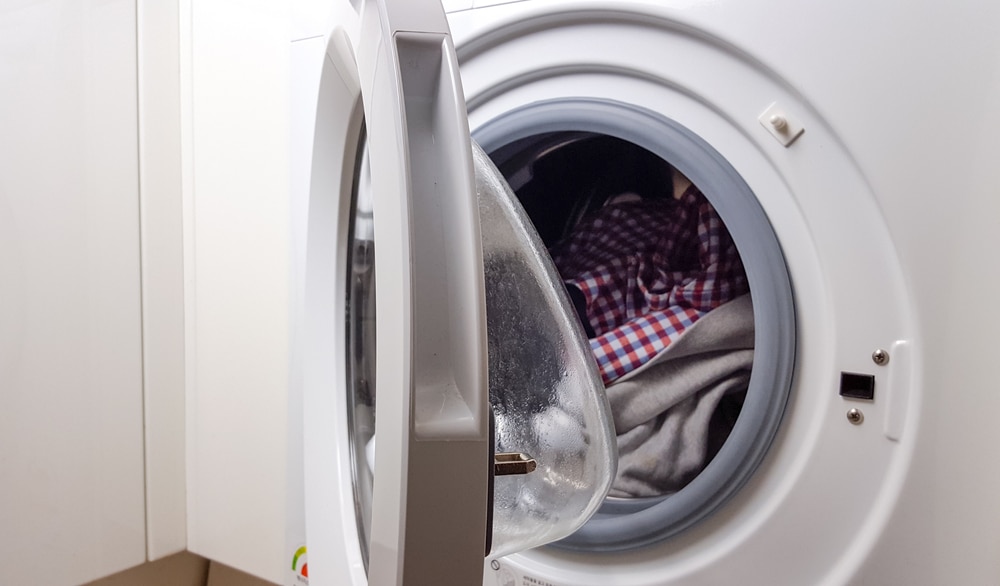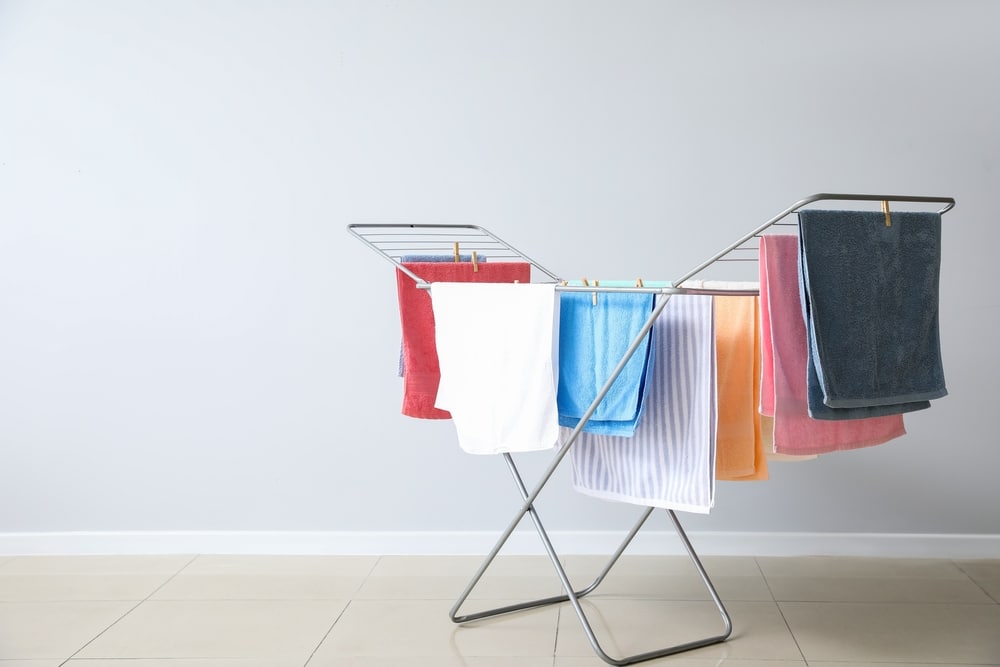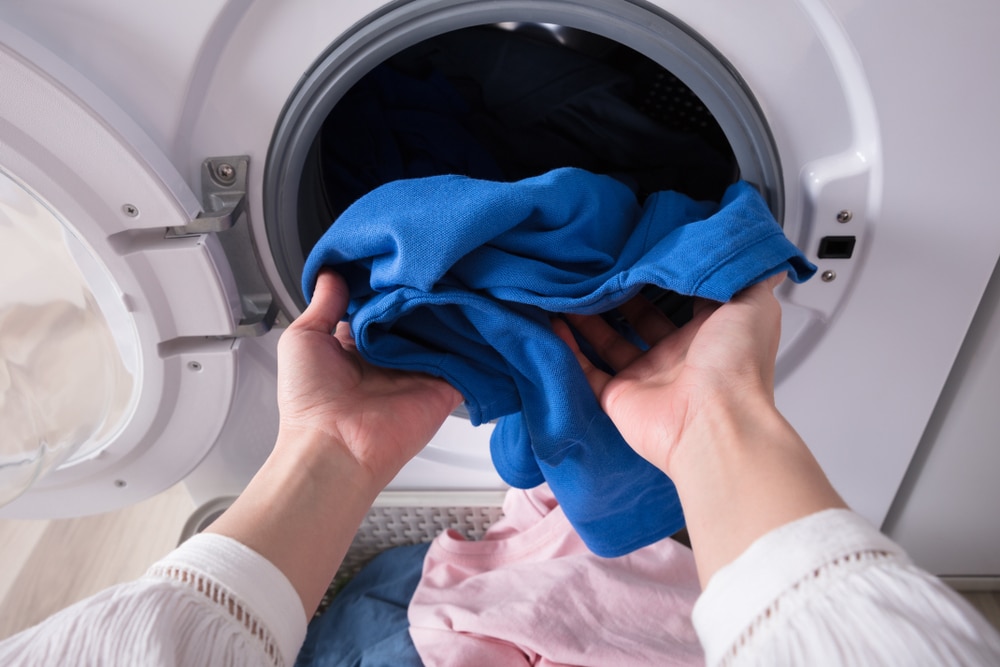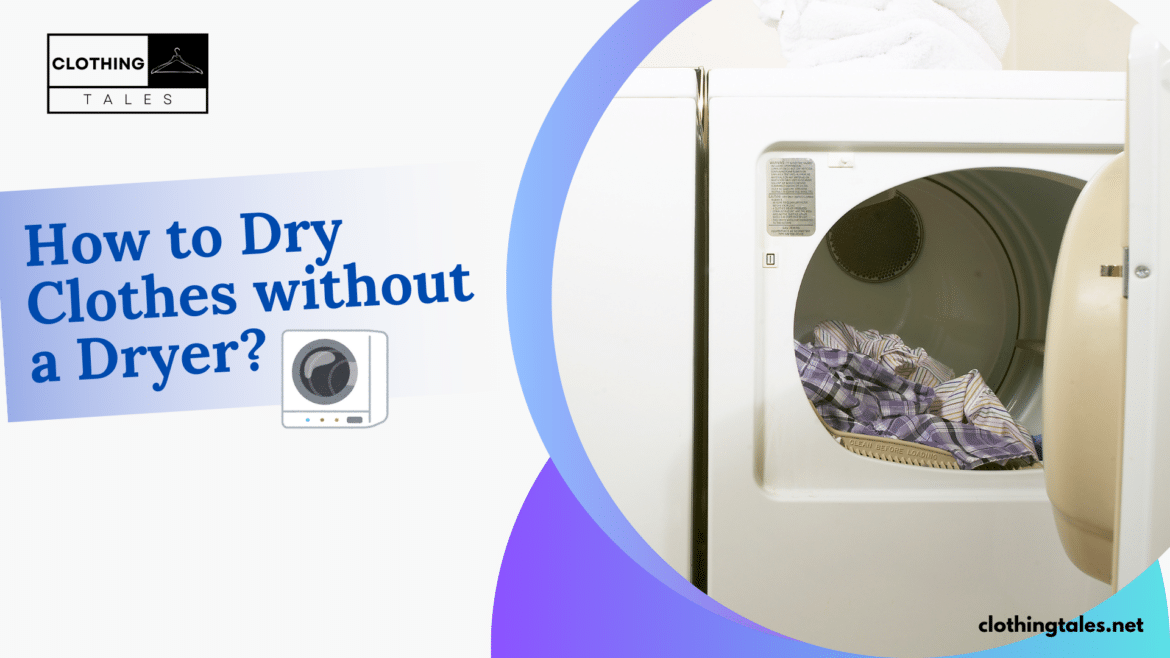Table of Contents
Drying clothes without a dryer? Well, that actually sounds like a big task. You need to first save a lot of time, take your clothes out of the washing machine, and put them in the dryer. And wait for them to dry out. Now, you must also be thinking of saving money and the energy you spend daily while doing your laundry. However, you don’t have to worry anymore regarding this matter. Say goodbye to your dryer already, as we have come up with brilliant ideas for you to dry out your clothes. Hence, be prepared for your clothes to feel fresh and dry after a good wash. Let us see how can we wash our clothes if we ditch the dryer.
Ditching the Dryer
Using a washing machine or a dryer always doesn’t help. When you wash your clothes by hand, sometimes, it saves your clothes from the pungent smell. Hence, when you dry clothes without a dryer, you can save a lot of cost plus energy. It is feasible and highly efficient to dry clothing without a dryer, particularly in flats where there is a need for energy conservation and limited space.
- You may successfully air-dry clothes even in cold weather by using various techniques, such as a drying rack, hanging clothes on lines indoors, or using extra spin cycles on your washing machine to remove excess water.
- Not only can you save electricity by learning how to dry clothing without using a dryer, but you can also keep your clothes looking beautiful and feeling fresh.

5 Clever Ways to Dry Clothes Without Using Dryer
Here is a look at some of the interesting ways you can dry up your clothes without taking the help of a dryer.
An Extra Spin Cycle
An efficient way to dry clothes without a dryer is to use an additional spin cycle in your washing machine.
WHAT’S SO GOOD ABOUT THIS METHOD?
- By using the mechanical motion of spinning, this approach lowers the moisture content of your laundry by extracting more water from it.
- You can get even drier clothes by running your washer at a higher RPM (revolutions per minute) during this extra spin.
- This method uses less electricity than tumble dryers do, which results in a lower total cost of energy and less heat energy used.
Consequently, an additional spin cycle offers a workable substitute that promotes quicker air drying while conserving energy.
Create a Ventilated Space
Make sure the space is well-ventilated in the winter to dry items efficiently.
WHAT’S SO GOOD ABOUT THIS METHOD?
- Pick a space, such as an empty room or a portion of your living room. Open the windows and doors when the weather permits to ensure enough airflow.
- To let air circulate your garments, spread them out. If more airflow is required, use a fan.
- This stops moisture and mold formation and speeds up the drying process for clothing.
During the winter, keeping a designated room for drying helps you stay organized and speeds up the process.

Use a Drying Rack
A drying rack is a practical approach to drying clothes indoors without a dryer.
WHAT’S SO GOOD ABOUT THIS METHOD?
- It works particularly well for bulky objects like towels and bed linens.
- Spreading these goods over a rack expedites drying by ensuring maximum air exposure.
- Ensure the fabric is hung independently from each corner to prevent bunching and promote equal drying.
- Maintaining adequate ventilation in the space is essential to avoid moisture accumulation and keep the air dry.
This technique preserves the texture and durability of clothes while being energy-efficient and gentle.
Hang Clothes Outdoors
Dry your laundry outside whenever you can, especially on sunny or windy winter days.
WHAT’S SO GOOD ABOUT THIS METHOD?
- By avoiding the rigorous cycle of a dryer, using an outside clothesline idea or drying rack saves electricity and prolongs the life of your clothing.
- Sunlight naturally bleaches and disinfects materials, so hanging bulky items like comforters and bedsheets outside freshens them up.
- This technique uses less electricity and gives your clothes a pleasant, fresh smell.
In addition, it’s a green option that lowers utility costs and promotes energy conservation.
Use a Dehumidifier
A practical alternative to using a dryer to dry your clothes is a dehumidifier.
WHAT’S SO GOOD ABOUT THIS METHOD?
- This technique is energy-efficient and is excellent for lowering moisture levels in your house, which can stop the spread of mold and mildew.
- This is how you do it: Install the dehumidifier in the space where you typically hang your laundry to dry.
- Before you begin hanging your damp laundry, please turn it on.
- Your garments will dry faster since the dehumidifier will extract moisture from the air.
- This technique is beneficial in colder or more humid locations, where air drying can take longer.
- The water tank will fill up as the dehumidifier operates, indicating moisture is successfully removed from the air.
- Additionally, being kinder to materials and improving indoor air quality prolongs the life of your clothes.

Drying without a Tumble Dryer
If you don’t have a tumble dryer and want to dry clothes quickly, especially in the winter or small spaces, try these other ways. Or especially if you live in an apartment and you don’t have a dryer.
WHAT’S SO GOOD ABOUT THIS METHOD?
- Use Absorbent Towels: Lay a towel on damp clothes, roll, and press to absorb water. Hang to dry.
- Iron Moist Clothes: Iron slightly damp clothes on low heat, placing a cloth between delicate fabrics and the iron.
- Use a Fan: Position a fan near clothes to create airflow, mimicking outdoor drying.
- Hairdryer Method: Use a low-heat hairdryer for small or damp items, keeping it a few inches away.
- Place Near Heat Source: Safely dry clothes near a radiator or heater, ensuring proper ventilation.
- Press with Dry Towels: Sandwich bulky items like sweaters between dry towels and press to remove moisture.
These methods save energy, reduce costs, and protect your clothes.
The Benefits
Drying clothing without a dryer, especially without shrinking, has several advantages for your house and wardrobe.
- Extended Fabric Life: Air drying space is kinder to clothing than using a dryer, preserving color and texture and making clothes last longer.
- Energy Conservation: Not using the dryer may save you a lot of energy, reducing the amount of electricity used in your home and your utility costs.
- Space Saving: Instead of a large dryer in a tiny living area, use foldable drying racks or clotheslines to save space and simplify storage.
- Less Heat and Noise: Air drying makes your house more comfortable by removing the heat and noise that dryers emit.
- Fewer Chemicals: Avoiding dryer sheets and fabric softeners reduces exposure to potentially irritating chemicals, which is good for the environment and your skin.
- Therapeutic Exercise: Walking while your wet clothes dry might be a relaxing break.
By letting your clothes air dry, you can save money, take better care of them, and support a more environmentally friendly way of life.

Final Thoughts
As we wrap up, by now, you might have seen how to dry clothes without using a dryer! This guide offers five creative methods to tackle dryer breakdowns, save energy expenses, and save wear and tear on your clothes.
In conclusion, adopt these simple techniques to guarantee speedy drying of your clothing without using a tumble dryer. Every method, from natural sunshine to ventilated areas that improve air movement, helps you manage your laundry effectively while saving electricity.
SAVE UP ENERGY!
